Featured Products
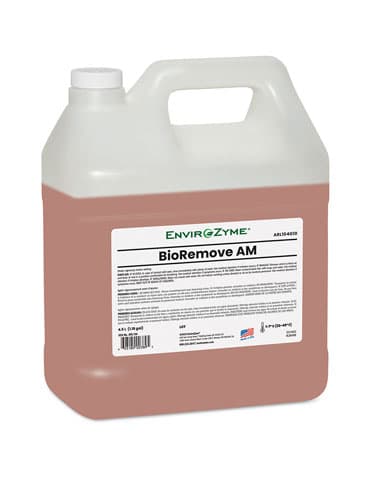
BioRemove AM
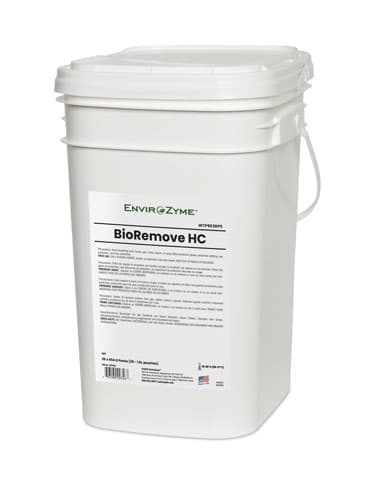
BioRemove HC
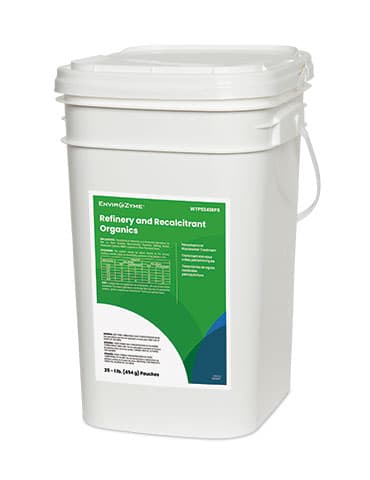
Refinery and Recalcitrant Organics
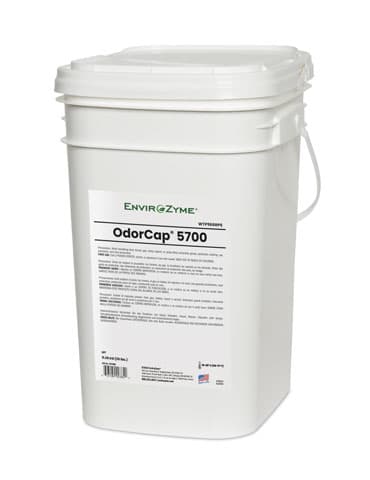
OdorCap® 5700
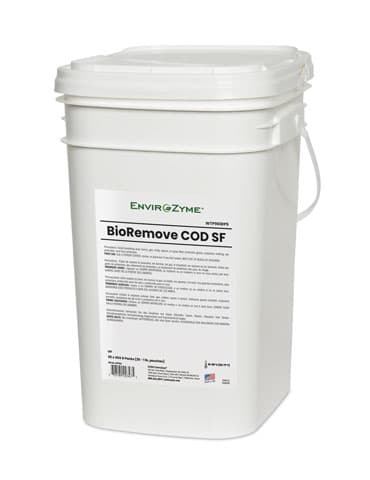
The hydrocarbon processing industry uses water for imperative operations such as cooling systems, extraction, distillation, and washing. Byproducts generated during these processes can be both volatile and toxic, presenting specialized challenges for wastewater treatment. EnviroZyme® products are positioned to:


Petrochemical and refinery wastewater often contains high concentrations of carbolic and phenol compounds, which are used as reactant components during the manufacturing process, as well as ammonia, nitrites, and nitrates. Remediation of excess compounds is necessary for maintaining compliant effluent, and EnviroZyme products:

While there is variance, certain organic and inorganic compounds are common across production of fuel and nonfuel products, as well as petrochemical and petrochemical feedstocks.
These compounds, like hydrocarbons and phenolics, negatively affect the pollutant removal capability and overall health of the microbial community.
Our blends enhance the biomass’s health and functionality for efficient removal of COD, BOD, oil, grease, petroleum hydrocarbons, and toxic substances, even in high-salinity wastewaters.

Lower degradation rates of hydrocarbons like alkanes and aromatics result in excess oil and grease and troublesome filament growth outbreaks.
As shown above, our cultures reduced alkanes up to 96% after 7 days and up to 92.1% of aromatics by day 28. We have the most effective product for decreasing concentrations of hydrocarbons.
Faster degradation of more alkanes and aromatics leads to reduced hydrocarbon-related filament outbreaks, improved floc formation, and enhanced settling in clarifiers.
Wastewater treatment operations don't have to be cost centers in petroleum processing. After a comprehensive assessment by an EnviroZyme expert, we’ll work with your engineers and environmental team to elevate your facility’s protocols and procedures with:





Normal operations mean efficient, cost-effective and on-schedule progress. That is why we have created a product selector guide to help you troubleshoot disruptions, streamline the decision-making process, and ultimately get your plant back to normal faster.
Answer a few simple questions, and our product selector guide will pick the best product for your treatment challenge.

Petrochemical wastewater is generated by the oil industry and contains a broad group of chemicals derived from petroleum and natural gas. The specific sources of petrochemical wastewater are diverse, but significant contributors include oilfield production-in which crude oil is extracted from oil wells-as well as refinery plants-where crude oil is converted into refined products, such as gasoline and lubricating oils.

Treatment processes involve the removal of various contaminants to ensure effluent water is safe for continued use and downstream ecosystems. One important contaminant removed and retained in activated sludge are poly and per-fluorinated substances (PFAS).

Foaming is a pervasive problem that can occur in aeration tanks, secondary clarifiers, and anaerobic digesters. The consequences of foaming range from inconvenient to downright dangerous, making it crucial to prevent or otherwise correct foaming as efficiently as possible.

Introduction: The Nitrogen Cycle The environment uses many biological reactions to maintain balance in nature. Since nitrogen is a key component of all living matter, it is critical that this element be recycled. This process is represented by the nitrogen cycle.

EnviroZyme Corporate Capabilities Brochure

EnviroZyme formulates and blends high-quality strains, as well as IP-owned microbes to deliver custom solutions for challenging effluent. We can match your wastewater’s composition to specific bacteria based on the enzymes they produce.

